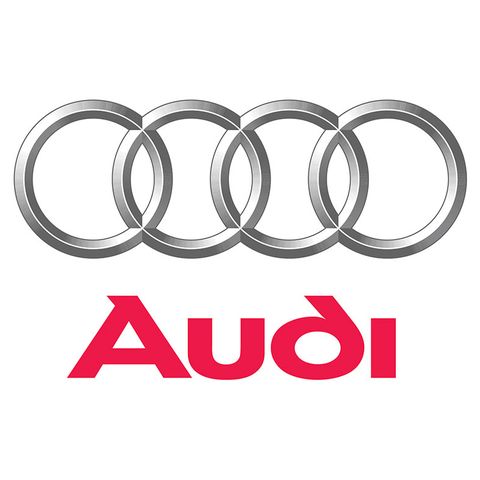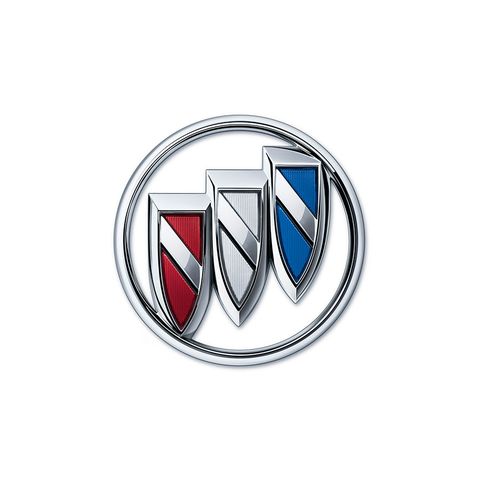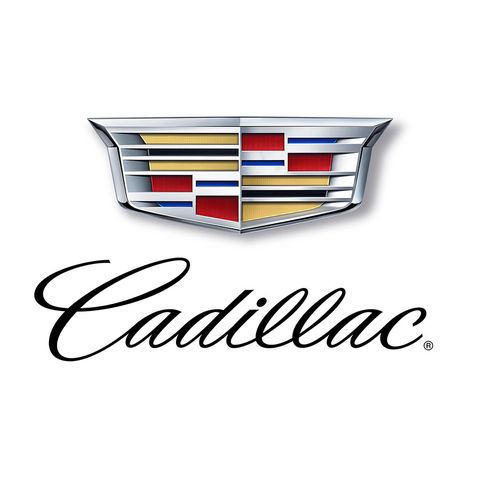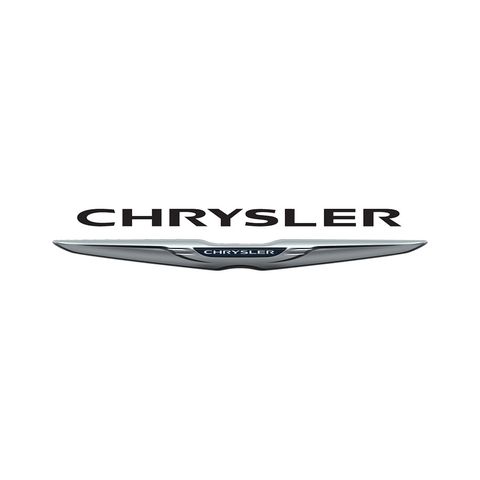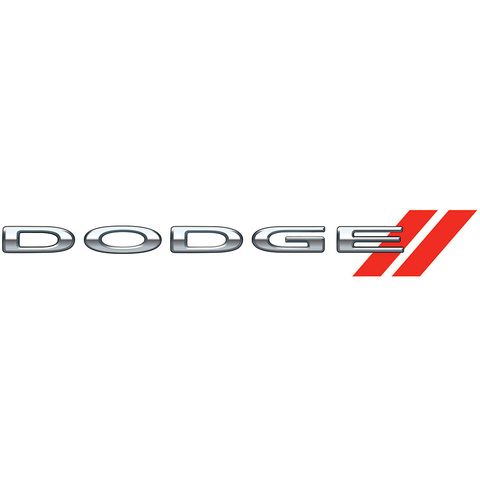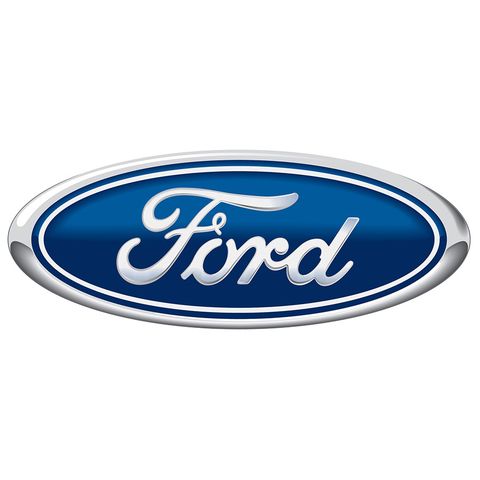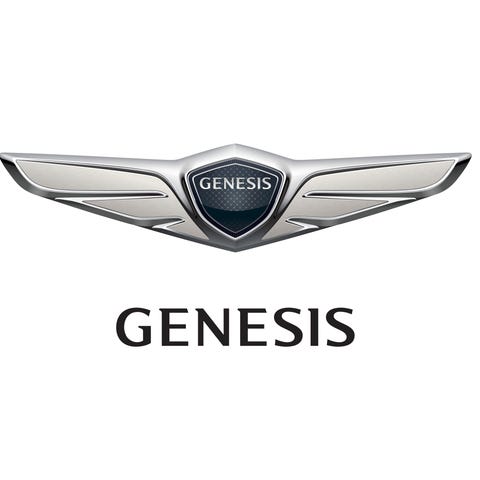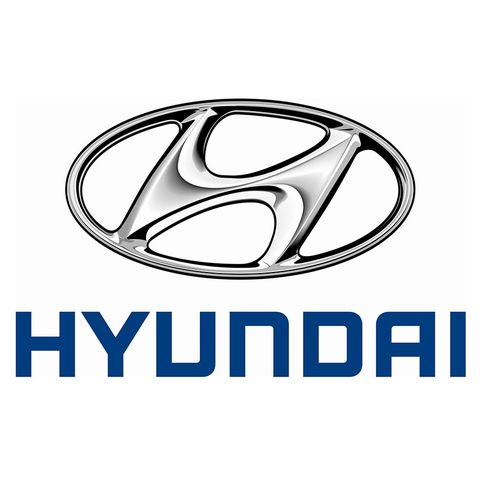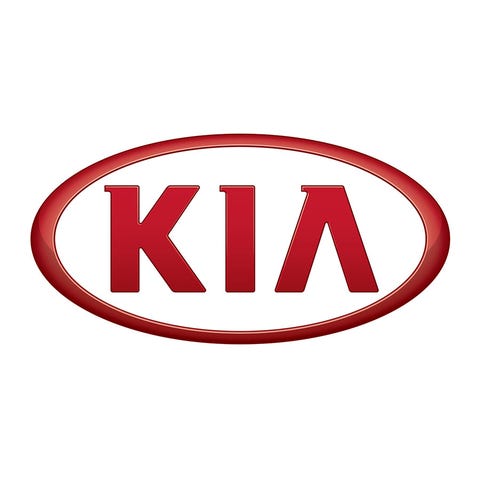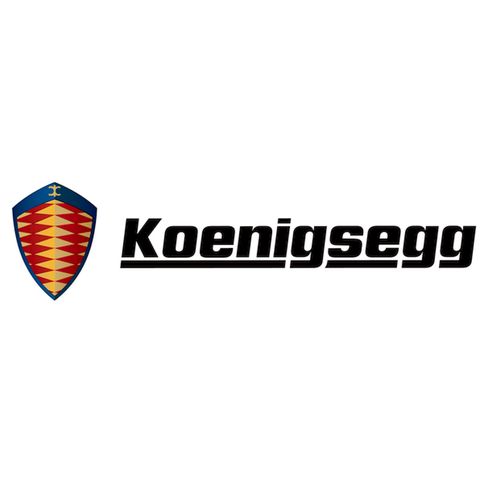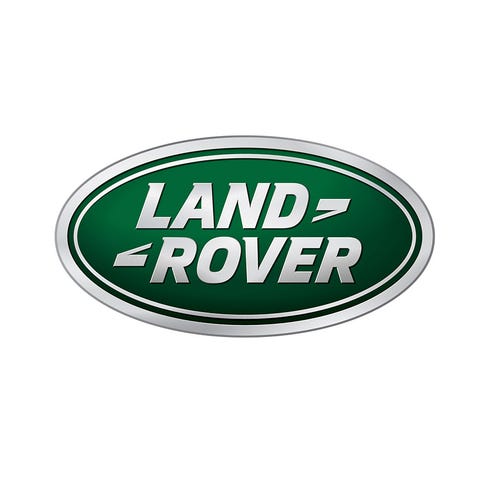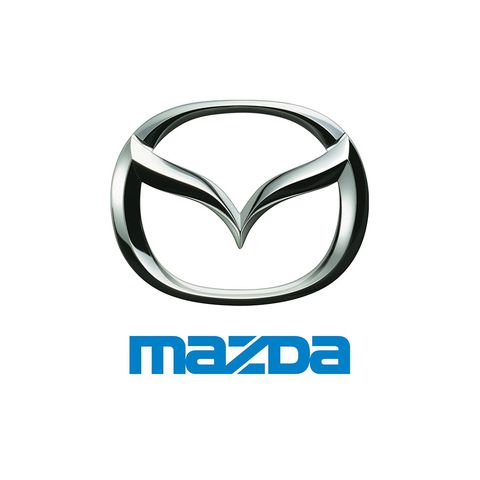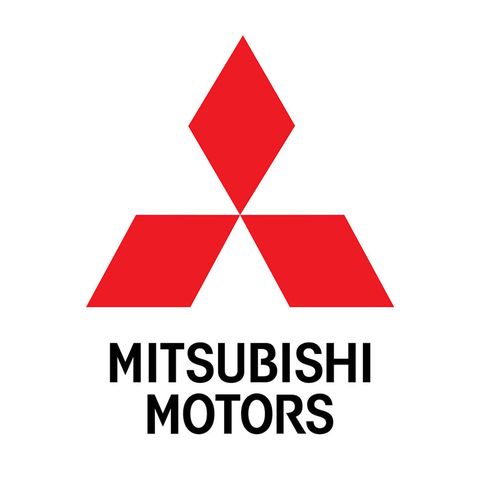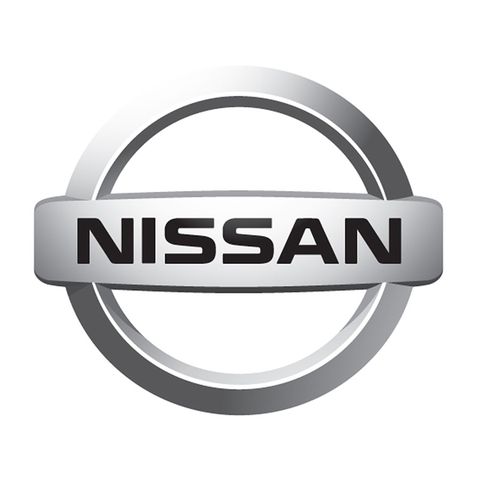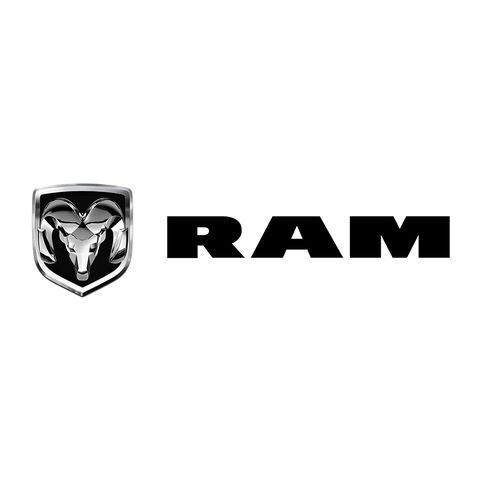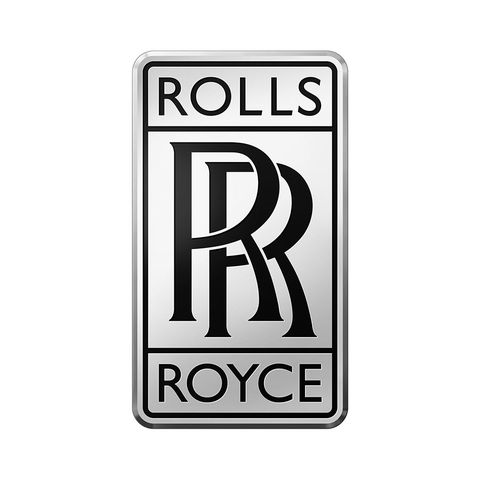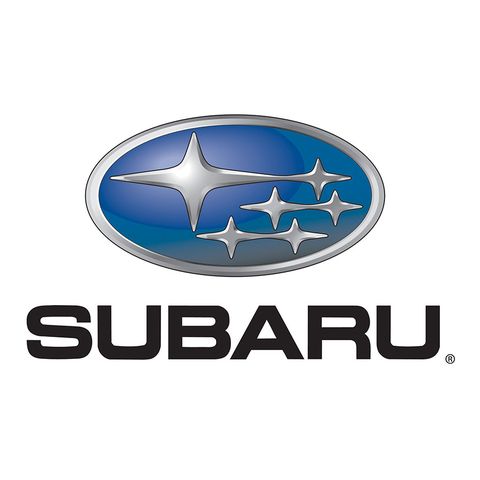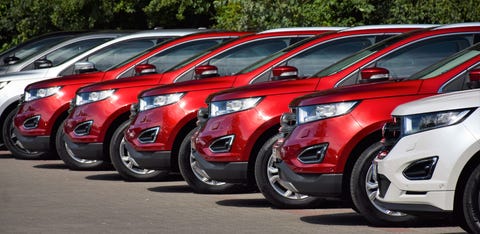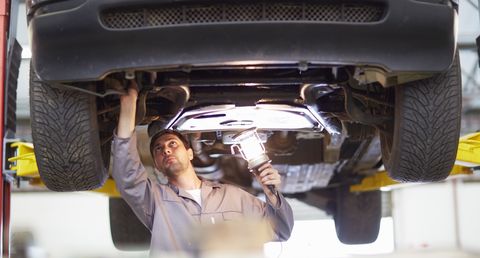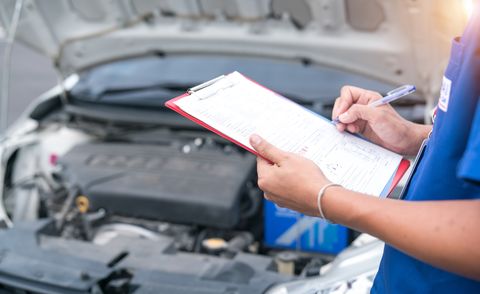Table of Contents
ToggleCPO Program, Here’s Every Automaker’s CPO Program
CPO Program A guide to all certified pre-owned vehicle programs from Acura to Volvo.
Certified pre-owned (CPO) programs take a lot of the risk out of buying a used vehicle. Whether you’re looking for a used mainstream sedan or crossover, or something with the added prestige and features that come with a luxury badge, a CPO vehicle can be a very smart way to get the most car for your money. But how do CPO programs compare? You’ve come to the right place.
We’ve assembled links that give you access to every brand’s CPO program, so that you can cross-shop them right here.
Not all manufacturer-backed CPO programs are the same. Differences include the vehicle’s allowed age and total mileage, the details of the multi-point inspection process, the number of years and mileage the warranties cover, and extras like transferable or extended warranties, free roadside assistance, and the use of loaner vehicles during routine maintenance.
While CPO vehicles often cost more than ordinary used cars, many shoppers appreciate knowing that the vehicle they’re considering has undergone a high degree of quality control, has a verified service history, and is covered by a solid factory warranty that extends for years. If you’re looking to buy a used vehicle, having this added peace of mind can make for many years of trouble-free driving. Do your homework and you’ll be prepared to deal.
Click on the logos below to get to each manufacturer’s CPO program.
Certified Pre-Owned: Everything You Need to Know
A CPO vehicle can be a great deal. Here’s how to know if one’s right for you.
A certified pre-owned vehicle is exactly what it sounds like: a used vehicle that’s certified to be in top condition by the manufacturer, who will stand behind it with a factory warranty. If that seems like the makings of a good deal, you’re right. There are many advantages to purchasing a certified pre-owned (CPO) car, crossover, SUV, or truck—and very few downsides. But is a CPO vehicle right for you? Read on to learn:
- What Certified Pre-Owned Programs Include
- Costs Savings
- All About Warranties
- Vehicle Choice and Eligibility
- Special CPO Services and Offerings
- Program Requirements
- Reasons You Might Not Want a CPO Vehicle

WHAT DOES A CPO PROGRAM INCLUDE?
It Starts with Franchised Dealers
Most of the 44 brands selling vehicles in America offer a CPO program, and buying a CPO vehicle is a lot like buying a new one from a dealer. That’s because only franchised dealers sell CPO vehicles, and only their own brand—Toyota dealers sell only Toyotas, Acura dealers sell only Acuras. You’re working with an established, brand-name dealer rather than a used-car dealer you might know little or nothing about, let alone a private seller, where you’re basically on your own.
You Choose From Current Vehicles
CPO vehicles tend to be newer, lower-mileage examples that the dealer has taken back at the end of their lease or as a trade-in. Many CPO vehicles are just several years old or less and have fewer than 50,000 original miles on them—sometimes a lot fewer.
Often, a two- or three-year-old CPO vehicle will be of the same generation as those currently on sale, as most vehicle makers keep their products in production for at least five or six years. So, there’s a good chance your CPO vehicle will be similar if not nearly identical to the latest models on the road. Every CPO program has different eligibility rules for the vehicles it offers in terms of age and mileage but, as in buying a new car, you get to choose exactly the one you want.
Top-Quality Vehicles
All CPO vehicles undergo a comprehensive inspection, with technicians usually looking at some 100 or more maintenance areas. (Audi’s CPO program requires checking more than 300 points, for instance.) Any problems discovered are repaired. Many CPO programs also provide third-party reports like Carfax to back up the history of the vehicle and confirm it has led a good life. Thus researched and prepped, your new vehicle will have many years and miles to give.
Factory Warranties
CPO vehicles come with factory warranties. Virtually all CPO vehicles are covered by two: what’s called a limited powertrain warranty on the engine, transmission, and other expensive major mechanical components; and a second, limited bumper-to-bumper warranty, which covers most other issues like the air conditioning and infotainment systems. In virtually all cases, the powertrain warranty is for multiple years and thousands more miles, while the bumper-to-bumper warranty covers you for a shorter period of time.
While CPO warranties extend factory coverage, they are often not item-for-item identical to the original factory warranty. Some CPO warranties use the vehicle’s original purchase date as a starting point, other CPO warranties only kick in when the factory warranty ends. Every brand’s CPO program differs in the details, so be sure to do your homework and cross-shop.
Special CPO Features
Depending on the brand, a CPO deal might also include free roadside assistance that can come to your aid when you have a flat, a mechanical problem, or just run out of gas. Some come with complimentary scheduled maintenance. Others offer special deals on satellite radio subscriptions. Buick, Chevrolet, and GMC even allow you to exchange the CPO vehicle you’ve purchased for another if for any reason you find you don’t want to keep it—as long as you do so within three days or 150 miles of taking delivery.

ADVANTAGES OF A CPO PROGRAM
It Will Save You Money
Buying any pre-owned (a.k.a. “used”) vehicle will always save you money up front compared to purchasing a new vehicle. A lot of money, potentially. But a CPO vehicle isn’t any ordinary used car or truck; it’s guaranteed to be in top shape, with plenty of life left in it—and it’s backed by a factory warranty.
Current estimates are that a two-year old CPO vehicle will run you about 25 percent less than a new, similar model; a four-year old car will average around 40 percent less expensive than a new one. If the mileage is low enough on that four-year-old vehicle, you’ll be getting a like-new car for a little more than half the price.
Imagine, a CPO vehicle that originally listed for about $40,000 could now be yours for around $24,000. Of course, as they say, your savings will vary. Some deals will be better than others, but the potential for getting a lot of car for the money is very real.
Peace of Mind
The warranty that comes with your new CPO ride can help you sleep easier. As with a new vehicle, you’ve got comprehensive protection in case something goes wrong—and you’re covered for a long time. Some limited powertrain warranties extend as far as six or seven years from the date the first owner purchased the car and continue on up to 100,000 miles. The limited bumper-to-bumper warranties that are also part of CPO programs generally cover almost everything else on the vehicle for the first 12 months and 12,000 miles.
Case in point: You could buy a three-year-old CPO vehicle with about 35,000 miles on the odometer and, in some programs at least, still have four years and 65,000 miles of coverage. If you’re not a high-mileage driver, that equals a big slice of peace of mind. But you must scrutinize the fine print to be sure of exactly what each particular CPO offers.
Ease of Purchase
Because you are dealing with a dealer that sells hundreds of new cars every year, factory financing and leasing options are often available. You might well be able to trade in your current vehicle as part of the deal. You don’t have to worry about who you are doing business with. Well, not any more than you usually do at a dealership. As always, it’s best to study all aspects of the deal you’re making; financing through your bank might be less costly, for instance. But those dealer-provided services are there for your consideration.
On-the-Road Support
As noted earlier, many programs offer a variety of special features and trial offers that enable you to sample the brand’s services. Some CPO programs provide a year or two of roadside assistance. Others include complimentary maintenance for a given period of time. More than a few offer rental-car reimbursement if your vehicle suffers a breakdown. There are offers for trial subscriptions to satellite radio and to safety-reporting systems like OnStar.

OTHER THINGS TO CONSIDER
Electric Vehicle CPO Programs are Different
Electric vehicles are often covered by different new-vehicle warranties than gasoline-powered cars and trucks because their powertrains—batteries, electric motors, and associated hardware—are different. But the coverage basics are the same: you get a specific powertrain warranty and a limited bumper-to-bumper warranty that extends coverage for more years and more mileage.
Limitations on Vehicle Choice
Say you know exactly the car you want: a three-year old Exemplar GTX Triple-Turbo Super-Snorter four-door in Stratospheric Blue. Be prepared: there’s always a chance that that exact car may not be available as a CPO vehicle. CPO programs have age and eligibility requirements for the vehicles they offer.
A dealer somewhere might actually have the model and color you desire on the lot, but it might be too old, have too many miles on it, or simply be in too rough a state to qualify for a CPO program. There will most likely be other, similar, Exemplar GTX CPOs to choose from, so you might have to settle and take one in Aurora Borealis Green instead. Don’t be overly picky about the small stuff and you should do just fine.
Cost of CPO
CPO cars generally cost more than similar non-CPO models, though there’s no hard-and-fast rule as to how much more. But the difference is, generally, not many thousands of dollars. Remember, you’re paying for the comprehensive dealer inspection, any required repairs or maintenance work, and the security of a much longer warranty than if you simply bought it as a standard used car. And then you have to negotiate the final deal with the dealer, as you would with any new car purchase.
Required Maintenance
CPO programs specify that you follow the manufacturer’s maintenance schedule. Failure to do so could void your warranty. And you will need to have that routine maintenance work performed at a franchised dealer—just as you would with a new vehicle covered under the standard new-car warranty.
We see no issues with that; today’s vehicles require very little maintenance beyond oil changes. And if any repairs do need to be made, dealers are well-equipped to handle them and process the paperwork associated with your CPO warranty. Some CPO programs do include a deductible for some services so, once again, be aware of the particulars of the certified pre-owned plan you’re interested in before you sign on the dotted line.
You Could Spend Less
Older, higher-mileage vehicles that don’t qualify for CPO status will almost always be cheaper to purchase. And for some buyers that may be the right choice. But spend less and you’ll get less: minimal to no warranty coverage and a car that reaches the end of its useful life sooner. The cost of that might be higher than you think.
CPO Vehicles
Buying a certified pre-owned vehicle can take some of the risk out of a used car–but do you know exactly what a certified pre-owned vehicle is? Almost every automaker offers such a program wherein lightly used vehicles–often two- or three-year old models fresh off leases–are inspected, refurbished, and sold with a manufacturer-backed warranty. Not every program is equal, and some provide more perks than others. To help, we’ve compiled this collection of advice to help you navigate this often confusing subset of used car buying.
Certified Pre-Owned (CPO) Vehicle Inspections Explained
What gets poked and prodded?
A key benefit to every manufacturer-backed Certified Pre-Owned vehicle is that the vehicles have been thoroughly examined, and any issues addressed, as part of a multipoint inspection. It’s a constant for CPO cars and trucks sold by franchised dealers in the United States.
The purpose of these extensive inspections—the checklists range in length from 100-plus items to Audi’s more than 300—is to underscore that, although the vehicle is no longer new, it is still in excellent working order and thus can justify its pricing premium over similar non-CPO vehicles.
But what is actually inspected? Before the process even gets underway, there’s a basic identification process that ensures the vehicle identification number (VIN) matches and that the title is clean. Most automakers require a Carfax, AutoCheck, or other vehicle history report be consulted and included for the buyer.
To qualify for a CPO program, vehicles must meet maximum mileage and age thresholds, which vary by automaker, so the cars and trucks that come in for CPO inspection are relatively new to begin with. For example:
- Chevrolet CPO vehicles have to be no more than six model years old with less than 75,000 miles on the odometer
- Ford’s CPOs have to be within five model years and have 80,000 miles or less
- Toyota CPOs must be within six model years and have 85,000 miles or less
These thresholds ensure more uniformity among the CPO vehicles on offer and also reassure the buyer that much useful life remains.
These age and mileage limits are among the first things a mechanic will verify when performing a CPO inspection. Some automakers address the presence of aftermarket add-ons: Audi specifies that the vehicle must be “free from current or evidence of past aftermarket modifications,” although dealer-installed OEM mods are generally acceptable. Fiat Chrysler has a line item that simply asks that aftermarket accessories “do not compromise safety, emissions, or operation of vehicle.”
Safety, emissions, and operation are all delved into deeply in every automaker’s CPO inspection. Major areas that get a close look are the braking system, transmission components and operation, and most everything inside the engine compartment. Fluid levels are checked. Individual components are inspected. Hyundai looks for “evidence of sludge” when it’s reviewing items such as engine belts, hoses, seals, gaskets, and valve covers.
All CPO inspections include cosmetic checks, too. For example, on Chevrolet, Buick, and GMC vehicles, the inspection includes (but is not limited to) front and rear bumpers and fascias, the emblems and nameplates, the moldings and appliqué, door handles, and the running boards and side steps. Nissan includes a check for mismatched paint and correct body-panel alignment. This is in addition to checking for any dents, dings, and scratches.
Inside, automakers across the board check safety equipment such as seatbelts and airbags as well as basic functions on the dash such as the stereo and heating, ventilation, and air-conditioning systems. There’s also some fairly extensive cleaning that typically takes place, such as Toyota’s line item stating that the CPO isn’t ready to sell until “all crevices are clean.”
Several automakers include cleaning the ashtray and cigarette lighters on their checklists. Toyota, like most automakers, is concerned with smell and makes sure that vehicles are “free of odor, including heavy fragrance.” Also on Toyota’s cleaning list is something more rare: the underhood insulator pad. Mercedes-Benz notes that it verifies operation of features such as its neck-heating Airscarf and its auto-dimming rearview mirror.
Hybrids typically have additional checkpoints such as the condition of the battery and a check of more specialized parts such as electric motors and the anti-theft vehicle-immobilizer system.
For the CPO shopper, maybe the elephant in the showroom at this point is: How do you know that the vehicle was actually put through this multipoint scrutiny the carmakers are promising? CPO inspection checklists end with a series of signatures of those responsible for the inspection process, as well as that of the customer buying the car. So, if you are ready to purchase a CPO car or truck and you aren’t offered an inspection checklist to sign, something is amiss.
All told, the CPO vehicles’ inspections are a fairly extensive list of checks that should give consumers additional reassurance that a CPO vehicle is in better working condition than its traditional used brethren. If you think you could be a CPO shopper, check out our list of 10 questions you’ll want answered before making up your mind.
Pros and Cons of Buying a Certified Pre-Owned Vehicle
Here are the costs, benefits, and downsides of CPO programs, including warranties, predelivery inspections, and pricing.
Today’s automobiles are complex technological marvels, which creates a potential pitfall for you if you’re thinking about buying a used car or truck.
Sophisticated hybrid powertrains, displacement-on-demand engines, complex infotainment systems, active safety systems, and aluminum body panels are now mainstream fare. These tech-rich features make newer vehicles more difficult and expensive to repair, should something go wrong. If you’re buying used, wouldn’t it be great to have protection, in the form of a manufacturer’s warranty, in case something self-destructs?
Why Go CPO
A manufacturer-backed warranty is exactly what a Certified Pre-Owned (CPO) vehicle gives you. CPO vehicles are inspected before you buy by factory-trained mechanics—and repaired as necessary—and they come with a manufacturer-backed warranty. Which means they should provide lots of trouble-free miles—and if they don’t, you’re covered. You can’t get that sort of risk mitigation when buying a vehicle “as is” from someone you don’t know or from Smitty’s Used Cars.
Is a CPO vehicle right for you? While CPO programs are undeniably attractive, they do have plusses and minuses. We put together this list of pros and cons to help you decide if going the CPO route is right for you.
CPO Pros
1. Pre-owned costs less: Thanks to how much a vehicle depreciates in the first few years—a three-year-old car can easily lose 30 percent of its value—a CPO vehicle will cost significantly less than a brand-new model with the same options and trim. Some CPO programs also allow the vehicle to be leased or financed at the same rate or at a lower rate than a new vehicle.
2. CPO programs offer current-production models: Since most manufacturers keep their vehicles in production for five or six years, by purchasing a two- or three-year-old model early in its production life cycle, you’ll be buying a current-generation vehicle that’s still years from being replaced by an all-new version.
3. A CPO vehicle is a low-risk purchase: Coverage varies by manufacturer, but it’s not rare for CPO powertrain-warranty coverage to stretch for four, five, or even six years from the when the vehicle was purchased by the first owner. Many warranties cover the expensive parts for up to 100,000 miles. Virtually every CPO program puts vehicles through a multipoint inspection by factory-trained technicians; it can involve checking from 100 to 300 items. (Ask for copies of the signed inspection, the warranty, and the vehicle history.) That addresses any issues before you buy the vehicle.
4. Newer, lower-mileage vehicles: Most CPO vehicles must be within certain mileage and age limits to be certified. But this varies. Most must be less than six years old and have less than 70,000 miles to qualify; many programs have even lower age and mile limits than that. Since many new vehicles are leased for just two or three years these days, it’s easy to find like-new, low-mileage examples of virtually every model on the market.
5. Trip insurance: A CPO vehicle can still let you down, as can any new car. That’s why some programs offer trip-interruption insurance. For example, Hyundai offers $100 per day and up to $500 per incident for breakdowns when you’re more than 150 miles from home.
Some CPO deals even cover car rentals in those situations; Fiat Chrysler’s rental-car allowance is $35 a day and up to $175 per breakdown.
6. Buyback protection or swap-out options: Some CPO programs will buy back your vehicle if it’s discovered to have been exposed to a flood or fire or has had its odometer rolled back. The General Motors Vehicle Exchange Program allows buyers three days or 150 miles to decide whether to keep their new CPO vehicle or swap into another GM model, which they can do for any reason.
CPO Cons
1. CPO deals vary widely: There’s no such thing as a standard CPO program. You’ll need to read the agreement’s fine print carefully to fully understand the terms and conditions. That makes your decision process a bit more complicated. Note: Be sure you’re clear about which entity is backing the warranty—the dealer or the manufacturer. “Dealer-certified” vehicles almost never pass the same kind of rigorous inspection as a CPO cars and trucks, and coverage is likely far inferior. We’d virtually always choose a CPO program over a dealer-certified one.
2. CPO vehicles cost more: A CPO vehicle can cost a few hundred to a few thousand dollars more than a similar, non-CPO vehicle from the same dealer. A CPO program is a form of insurance against breakdowns, and the manufacturer has agreed to repair any issues over the course of several years and many thousands of miles. The dealer tech spends time inspecting the vehicle and repairing problems before you purchase it. Like any other type of insurance, there is a cost to it. In return you’re getting peace of mind.
3. There might be less choice: Because of the tough inspection, reconditioning, and low-mileage requirements, a limited number of used vehicles make the CPO grade. (Some estimates are that as few as one in five pre-owned cars become CPO vehicles.) That can sometimes make it more challenging to find exactly the vehicle you want with exactly the options you’d prefer in exactly the color you’d like. You may have to be flexible on things such as color and options.
4. Other considerations: You’ll want to know precisely what the CPO warranty covers and for how long. Exactly which components are inspected varies between CPO programs. While most major mechanical components are covered, be sure to get a copy of the inspection list beforehand to ascertain what’s on it and which potentially expensive-to-repair elements, if any, might have been left off. Lastly, many CPO agreements allow an owner to transfer remaining CPO coverage to a subsequent owner. If you’re about to become that next owner, be ready to pay a transfer fee of about $200 and possibly another fee for a fresh inspection by a dealer technician.
These Are the Good Things You Get with a CPO Vehicle
Before you purchase your next car, consider all the benefits a CPO program offers.
You have a stack of brochures and car magazines, and you’re burning up the internet as you search for a new ride. You’re surprised at how high new-vehicle prices have crept in only a couple of years. Further research reveals that after a few years of depreciation, lightly used vehicles sold privately offer far more reasonable prices.
But those vehicles come without a warranty—or only the remainder of the factory warranty, which is usually a short period and not many miles. Buy one of those vehicles privately, and you risk getting bit by somebody else’s problems, unless you’re handy with a trouble-code scanner and a toolbox.
There’s another safer but still affordable path: certified pre-owned, better known by the initialism CPO.
A growing number of shoppers are selecting CPO vehicles. Almost every brand (even exotic-car manufacturer Bugatti) offers a CPO warranty program these days. CPO programs have many advantages, but how each provides protection to the buyer and what is included vary widely. Here are the advantages to purchasing a CPO vehicle and the details to consider before buying your next car or truck.
Advantage #1: A CPO Vehicle Costs Much Less
The primary benefit of going the CPO route is that you’re purchasing a solid two- or three-year-old car, SUV, or truck that has already depreciated significantly. Some CPO vehicles are even available with a low-interest lease, similar to a new car’s. A two-year-old CPO vehicle is typically 25 percent less expensive than a brand-new version of the identical vehicle. And four-year-old CPO vehicles can be marked down by as much as 40 percent.
Advantage #2: You Get a Manufacturer Warranty
Like new cars, CPO vehicles come with a manufacturer-backed warranty. Most automakers offer a combination of a limited powertrain warranty and a bumper-to-bumper warranty. These vary significantly when it comes to deductibles, coverage length, and which components or systems are covered. Typical deductibles are $50 to $100. Some CPO powertrain warranties last up to 100,000 miles.
If you suspect you might sell the vehicle before the warranty expiration, check if there’s a new-owner transfer fee. (BMW has a $200 charge.) Read the policy’s fine print, and be aware that some so-called certified vehicles aren’t true CPO deals, in that they carry only a dealer’s warranty, not the carmaker’s. That usually limits where the vehicle can be fixed. And if the dealership closes, the dealer warranty is useless. Stay away from those.
Advantage #3: CPO Vehicles Undergo a Thorough Inspection
Vehicles that qualify for sale in CPO programs are typically several years old and have raked up relatively few miles—odometers showing 36,000 miles or lower are not uncommon. Their health is further confirmed by a vehicle-history report that also includes the vehicle’s VIN code and title status.
Another critical factor in any CPO purchase is the required comprehensive inspection by a factory-trained mechanic. (Make sure to get a copy of it for your records.) Most of these inspections review more than 120 items, and at least one maker (Audi) checks 300 before putting a CPO vehicle up for sale. Any issues that are found are repaired.
Advantage #4: Roadside Assistance
Although buying a CPO vehicle should significantly reduce the chance of a breakdown, some CPO policies (like those at FCA, Mercedes-Benz, and Lexus) also offer 24-hour roadside assistance that includes towing, jump-starts, and even lock-out help.
General Motors provides two free maintenance visits in its CPO Scheduled Maintenance program. (It’s important to ask if these benefits are free or if they can be added for an extra charge.) Some manufacturers even offer financial assistance if a trip away from home is interrupted. Hyundai will reimburse owners up to $100 per day and up to $500 per occurrence if a breakdown happens more than 150 miles from home. Other makers offer car-rental allowances of up to $175 per breakdown.
Advantage #5: Free Trial Subscriptions
Several CPO deals come with free trials of special services. Even mainstream brands, such as Honda, Ford, Hyundai, and FCA, include three months of SiriusXM satellite radio. GM’s CPO program also offers an XM radio trial and tosses in three free months of its handy OnStar Guidance plan for turn-by-turn navigation.
Advantage #6: A Vehicle-Return Policy
One last benefit to look for in a CPO contract is the option to swap out if you and the new vehicle don’t get along. Some CPO policies say you can come back within a limited time or mileage and trade for something else from the brand. GM gives buyers three days or 150 miles to figure out whether the CPO car or truck they bought is really the one they want or if they made a mistake.
Keep in mind that a CPO vehicle carries a price premium over the same non-CPO model; there’s a cost to getting an extended factory warranty and a carefully inspected used vehicle.
And there often aren’t as many models to choose from, since fewer vehicles can pass the rigorous inspection and mileage requirements to qualify for a CPO program—though the selection is still usually quite good. But the cost savings, peace of mind, and benefits you get in a CPO program can make buying a certified pre-owned vehicle a compelling value when compared with a brand-new one. A CPO deal is well worth considering.
For more articles:
——————————————————————————————-
FOLLOW US
Cinema Drama News Turkish Drama Lebanon 4 Seasons Lebanon Magazine The Magazine


